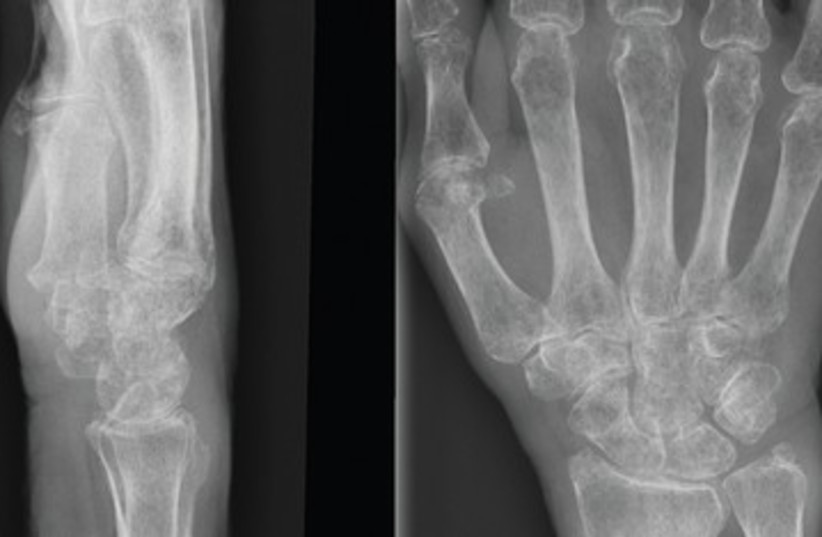Living in leafy areas near gardens, parks, and green spaces can promote bone density and lower the risk of osteoporosis, a serious disease that raises the risk of fractures and disability.
It not only weakens bones, making them fragile, but it can also lead to chronic pain, reduced mobility, and a lower quality of life.
Having thin bones is already a major health issue worldwide, and its prevalence around the world, mostly in women but also in men, is set to rise with the rapid ageing of the population and changes in lifestyle.
Osteoporosis is caused by genetic, hormonal, and environmental factors, and while exposure to green spaces has been linked to lower risks of poor health, it’s not clear if this extends to the risk of osteoporosis, and to what extent genetic susceptibility might be influential.
To explore this further, the Chinese researchers analyzed data held in the UK Biobank on 391,298 people, average age 56, just over half of whom were women.

Details on the study
Their study was published in the journal Annals of the Rheumatic Diseases under the title “Associations of residential greenness with bone mineral density and osteoporosis: the modifying effect of genetic susceptibility.”
All of them had information recorded on their bone mineral density and potentially influential factors, including ethnicity, annual household income, education level, employment status, residential area, alcohol consumption, physical activity levels, smoking status, and diet.
Their genetic risk of osteoporosis was calculated using a polygenic risk score, and a widely used measure called a normalized difference vegetation index based on satellite imagery, was used to determine the amount of green space in their residential area.
The annual average exposures to the pollutants nitrogen oxide (NO2) and particulate matter PM2.5 were estimated based on residential postcode and data from the ESCAPE project, which is looking at the long-term effects on human health of exposure to air pollution in Europe.
Each participant was monitored until March 2021, when a diagnosis of osteoporosis or death was made. During an average monitoring period of 12 years, 9,307 new cases of osteoporosis were diagnosed.
They were more likely to be older, female, smokers, and retired. They were also more likely to have lower educational attainment and be more economically disadvantaged.
However, a consistent association between the amount of green space and new cases of osteoporosis emerged.
The authors recorded those who lived between about 300 to 1,500 meters from greenness; with each increase in the closeness of such an environment, they found a rise in bone mineral density and a five-percent-lower risk of developing osteoporosis.
Several studies have shown that exposure to air pollution can produce oxidative stress and inflammation and disrupt hormones, both of which increase the risk of osteoporosis, note the researchers.
People living in the leafiest areas will be exposed to a lower risk because the trees and plants act as natural filters, removing pollutants from the air.
Being physically active was also associated with a lower risk of osteoporosis, possibly because living in areas with green space affords more opportunities to exercise, suggest the researchers.
“The findings from this study present the first evidence indicating that residential greenness is associated with higher bone density and decreased risk of developing osteoporosis,” they wrote. “These findings provide valuable insights into the potential of greenness in preventing the onset of osteoporosis and emphazise the significance of urban greening in developing effective prevention strategies.”
